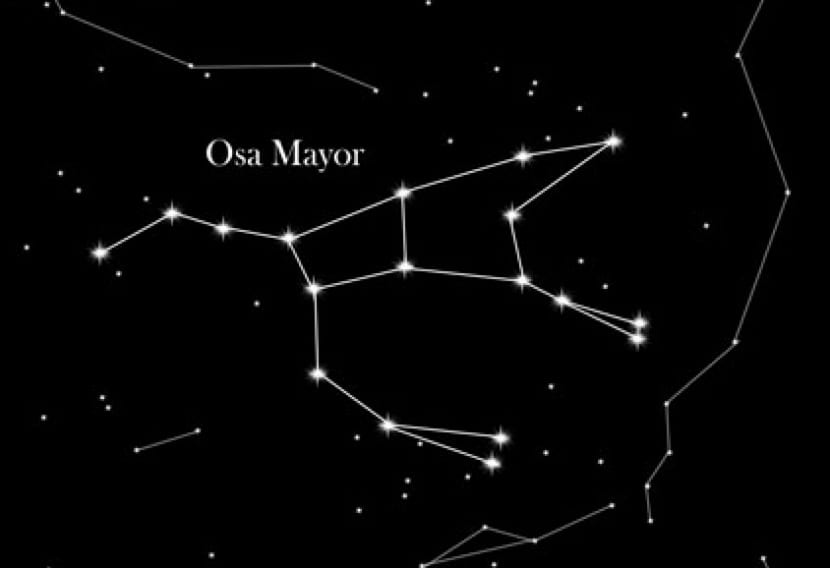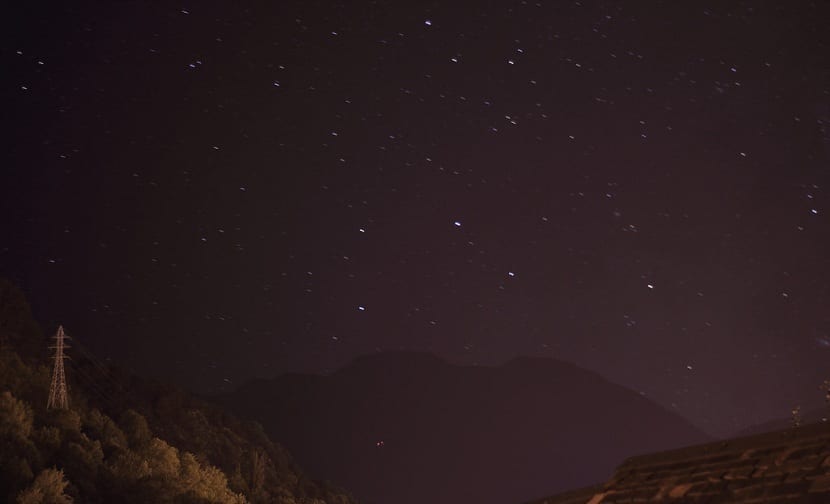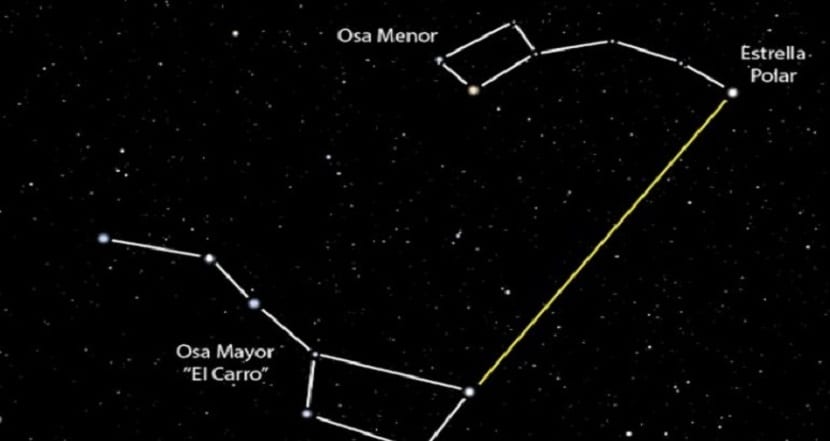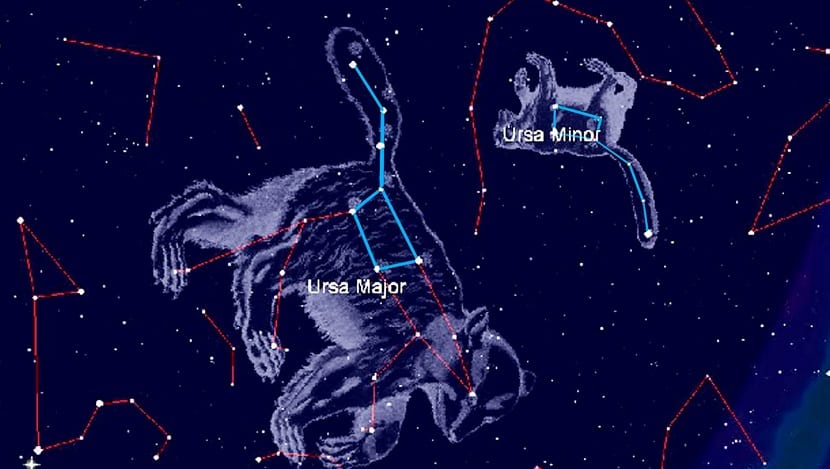
When talking about stars in the sky it is always named The big bear. It is the most important constellation in the northern sky and the third largest in size. The Arctic region has this star as its emblem, since it is located above it. It is very common to see the Big Dipper next to the Aurora borealis. Together they create one of the most beautiful spectacles in the sky.
In this article we are going to name all the characteristics of this constellation and give important information about it. Do you want to know more about this important constellation? Keep reading and you will learn 🙂
History of the Big Dipper

It is a constellation that is part of one of the forty-eight constellations that were identified by the astronomer Ptolemy. We travel to the XNUMXnd century AD where this astronomer named it Arktos Megale. In Latin the word "ursus" means bear while in Greek it is "arktos". Hence the name Arctic.
Thanks to the Big Dipper, the northern region of the Earth where the Arctic is located is completely described. All the people who meet at latitudes of + 90 ° and -30 ° you can view it. Ursa Major is the constellation that we see surrounding the pole star as an effect of the planet's rotation during a night without hiding by the horizon. Therefore, it is known as circumpolar. Thanks to this, it can be observed throughout the year in the northern hemisphere.
When to watch

Not all stars have their best time to see them. In this case, the best time is in spring. The stars that make up this constellation are between 60 and 110 million light years. The four stars that compose it are Merak, Dubhe, Fekda and Megrez.
The tail of the constellation is made up of three stars ranging from Alioth to Alcor and Mizar. The last two have the peculiarity that they are not double. Each of them is three light years from each other. The last one that makes up the queue is known as the Alcaid.
The brightest stars in the constellation

The constellation Ursa Major has several brightest stars, and therefore they stand out the most. Among them we have:
- Alioth. It is characterized by being a blue and white dwarf star. It is located about 81 light-years away with a magnitude between 1,75 and 4 times greater than the Sun. It is also 127 times brighter. Only, being at much more distance we see it smaller.
- Phecda it is a white secondary that is 84 light years distant. It shines with a magnitude of 2,43 and is 71 times brighter than the Sun.
- Megrez It is a blue and white star about 58,4 light years distant and is 63% more massive than the Sun and 14 times more luminous.
- Alkaid It is distinguished from the other stars by being a main sequence of white and blue. It is located 100 light years from our solar system with a size six times the Sun and 700 times more luminous.
- Mizar and Alcor can be identified as double stars. They are among the most seen in the night sky. They are known as the Horse and the Rider and have the color white. They are located at a distance of 80 light years and have Mizar shining with a magnitude of 2,23 and Alcor with 4,01.
- dubhe it is a giant star that is about 120 light years distant. However, it is a star 400 times brighter than the Sun. It is a binary system of stars that orbit each other once every forty years.
- Merak It is identified as a white star and is 79 light years distant. It has a radius 3 times that of the Sun and its mass. It is characterized by being 70 times brighter.
Myths about the constellation Ursa Major

This constellation has passed throughout history by numerous names and figures depending on the place where it was seen and the beliefs of each country. For example, the Romans laughed to see in her draft oxen. The Arabs saw a caravan on the horizon. Other societies are able to see three stars that act as the tail and the possibility that these are puppies that follow their mother. They can also be hunters chasing the bear.
The Iroquois Indians of Canada and the Micmacs of Nova Scotia interpreted the bear as being hunted by seven warriors. According to beliefs, this persecution begins every year in spring. It begins when the bear leaves the lair in the Corona Borealis. When autumn arrives, the bear is arrested by the hunters and as a result, dies. Its skeleton remains in the sky until the new bear emerges from its cave the following spring.
On the other hand, the Chinese used the stars of the Big Dipper as a way of knowing when they had to give food to their peoples. It indicated to them the time when food was lacking. This legend of the constellation tells that Callisto, a nymph who dedicated herself body and soul to the goddess Artemis, caught the attention of Zeus. He later deceived her and, after giving birth to her son named Arcas, the queen of gods, Hera was furious and turned Callisto into a bear.
Years later, when Arcas went hunting, he was about to kill the bear involuntarily when Zeus intervened and placed Callisto and Arcas transformed into a bear. in the sky as Ursa Major and Ursa Minor, respectively. It is for this reason that these constellations are circumpolar and never dip below the horizon when viewed from northern latitudes.
With this new knowledge you can learn more about the constellation Ursa Major when you see it in the sky. It is important to know what is in our sky to know more about the universe in which we live. Something as common as this constellation could not go unnoticed 🙂